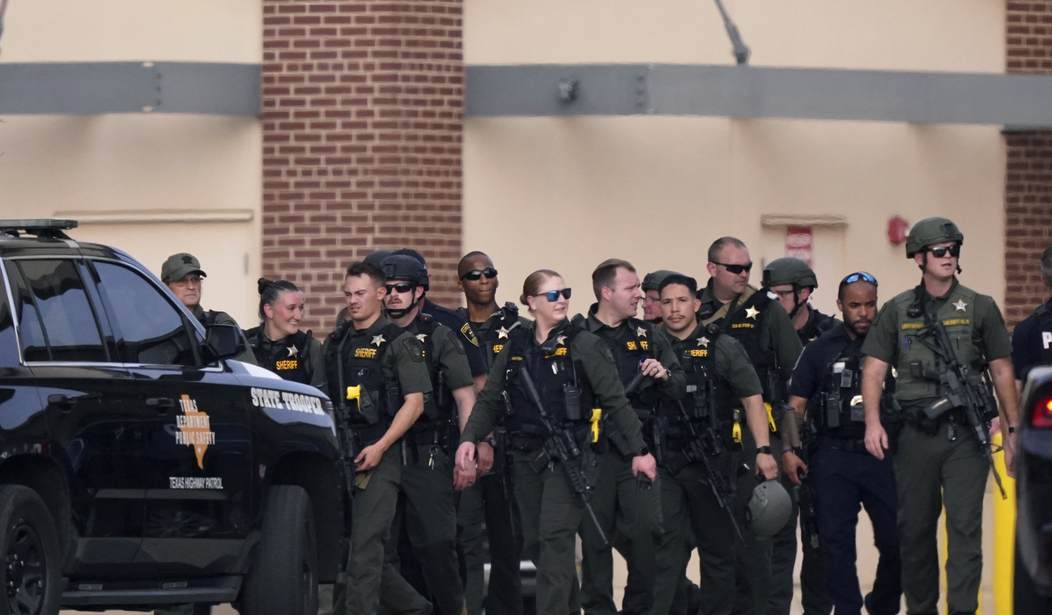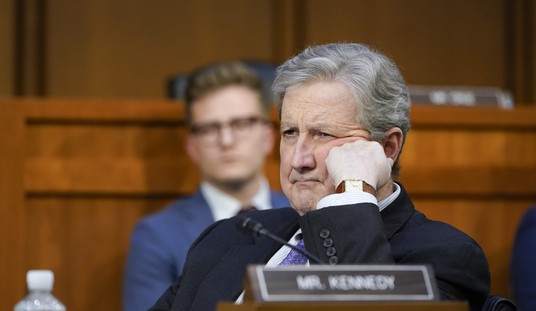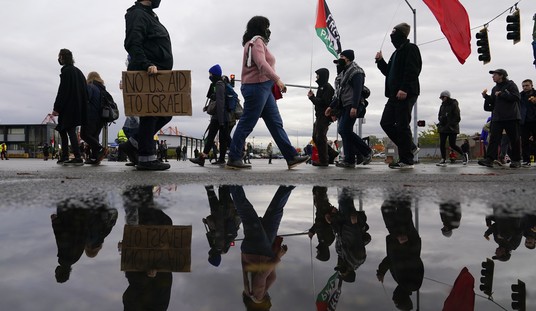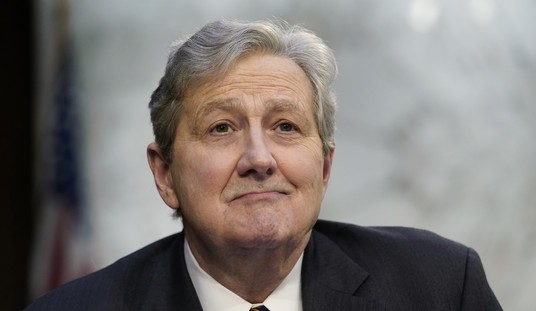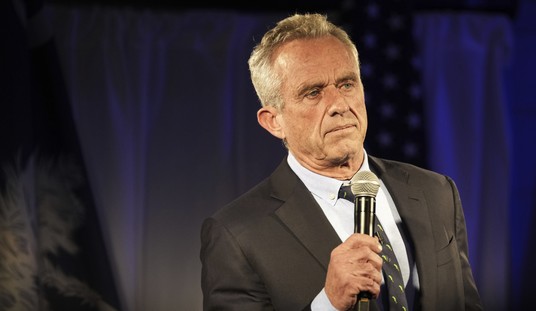After the mass shooting that occurred at a mall in Allen, Texas, gun violence has remained a central topic of discussion on the national stage. As is the case with all mass shootings, the latest has inspired debates over gun control, mental health, and security measures.
The findings of a recent Economist/YouGov poll reveal a point that is often overlooked in these discussions, especially as it pertains to people’s perceptions of the prevalence of these incidents.
The survey revealed that most Americans believe the possibility of a mass shooting occurring in their neighborhood is high. From the report:
Americans have become especially conscious of the possibility of mass shootings in their own communities. A majority of Americans (59%) say a mass shooting is very or somewhat likely to happen in their own community in the future. That includes majorities of Democrats and Republicans, gun owners and non-owners, urban, suburban and rural residents. Roughly one in 10 U.S. adults (13%) say they have already been affected by a mass shooting in their own community.
Only 27 percent of respondents indicated they believed the likelihood of a mass shooting in their community was “not very likely” or “not likely at all.”
But what does the data say?
According to the Centers for Disease Control and Prevention (CDC), a total of 48,830 people died from gun-related injuries in 2021. This figure encompasses gun murders, gun suicides, accidental deaths, deaths involving law enforcement, and deaths with undetermined circumstances. Suicides accounted for 54 percent (26,328) of all gun-related deaths, while murders constituted 43 percent (20,958) of the total.
It is essential to note that there is no universally accepted definition of the term “mass shooting,” which leads to variations in reporting and data collection. For example, the Gun Violence Archive, an online database that tracks gun violence incidents, defines mass shootings as situations in which four or more people are shot, regardless of whether there were fatalities.
Using this definition, the Gun Violence Archive reported that 706 people died in mass shooting incidents in 2021. If 706 of the 20,958 gun murder victims were killed in mass shootings, then this accounts for only three percent of the total number.
Regardless of the specific definition employed, it is clear that fatalities resulting from mass shootings in the United States represent a relatively small fraction of all gun-related murders that occur nationwide each year. However, the public’s perception of the frequency and potential impact of mass shootings remains disproportionately high.
Several factors contribute to this phenomenon. First and foremost, mass shootings receive widespread national attention from the media due to their shocking and tragic nature. Extensive media coverage often leads to heightened public awareness and concern, creating the impression that mass shootings are more common than they statistically are. The fact that these tragedies are always politicized only further exacerbates the issue.
Furthermore, the emotional impact of mass shootings cannot be underestimated. These events elicit fear, sadness, and anger, and the psychological toll they inflict extends far beyond the immediate victims and their communities. The emotional response generated by these incidents can create a sense of vulnerability and anxiety that transcends statistical realities. This is especially true in the case of school shootings like what happened in Nashville in March.
In addition, the ubiquity of social media platforms and the rapid dissemination of information contribute to the perception that mass shootings are more prevalent than they truly are. News spreads quickly through various online channels, amplifying the impact and visibility of such incidents. This constant exposure to news and discussions about mass shootings may lead individuals to believe that these events are more likely to occur in their own communities.
The discrepancy between the perception and reality of mass shootings in the United States highlights the need for balanced and evidence-based discussions surrounding gun violence. While it is crucial to address the issue of mass shootings and develop strategies to prevent them, it is equally important to address the broader societal factors that contribute to gun violence. Poverty, inequality, social isolation, mental health, and inadequate access to education and economic opportunities are just a few examples of underlying issues that can increase the risk of violence in communities. By addressing these systemic issues, policymakers can create environments that are less conducive to violence in all its forms.
Unfortunately, politicians and their allies in the activist media seem uninterested in any of these things. Instead, they would rather foment fear and anger as they terrify us into hating one another because of the politics they infuse into these situations. It is clear that too many of our elected officials have little interest in solving the problem. After all, why should they let a series of good crises go to waste, right?

